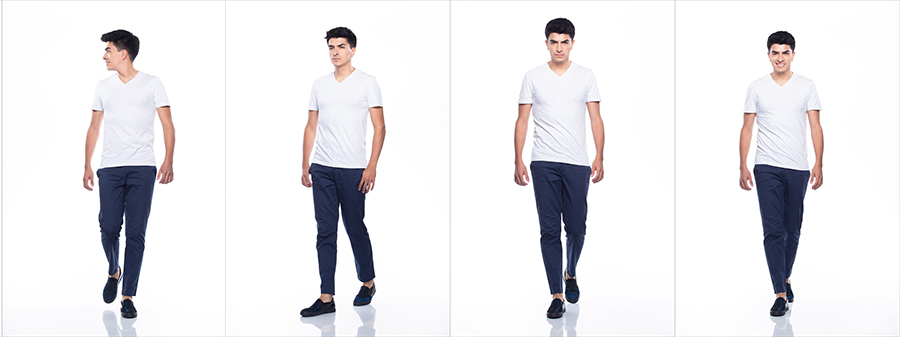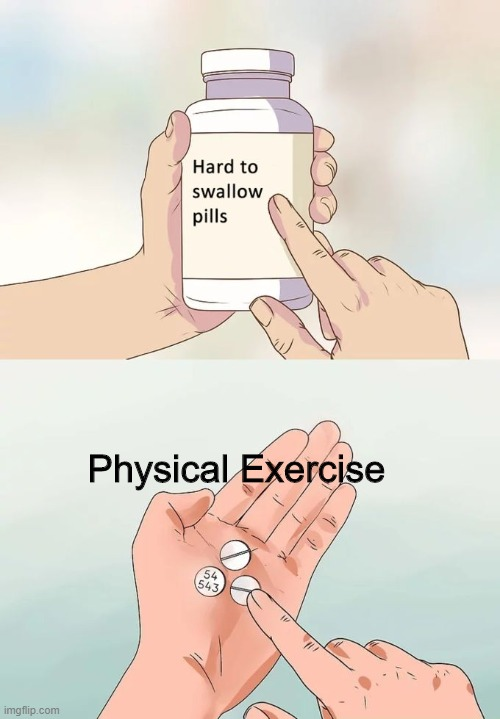National Balance Week Continues! As many of us have become less active, or even sedentary during this quarantine time, our balance may suffer. This can occur from a number of different factors, including decreased muscle strength, poor endurance, and a lack of input to the vestibular system.
The vestibular system is a major balance center located in our inner ear, and it helps us maintain balance when our head is moving. For people with previous problems with their vestibular system (for example, a person with a previous diagnosis of labyrinthitis or vestibular neuronitis), a period of inactivity can lead to a potential relapse in their dizziness and imbalance symptoms. This is referred to as a decompensation event, whereas no additional damage to the vestibular system has occurred, but the person has lost some of the functional compensation they have developed to control their symptoms. Decompensation can occur after illness, bed rest, surgery, or any other period of inactivity (including quarantine!).

Even for those of us who do not have a history of the vestibular deficit, if we have not been moving our heads frequently for a period of weeks to months, our vestibular system can become “lazy.” When this happens, head movements that were previously non-provoking can cause imbalance, and in some cases, dizziness.
A simple way to stimulate your vestibular system and work on your balance is to move your head. Start by sitting, and move your head side to side as far as you can 5-10 times at a pace of ½ rotation (L to R or R to L) per second. Then stop and see how you feel. You should not be dizzy or your dizziness should settle to baseline in < 5 seconds. Repeat looking up and down.
If you find that this is easy, you can progress to standing near a counter or solid surface that you would feel comfortable grabbing should you lose your balance. Start with your feet shoulder-width apart, and slowly move them closer together as able until they are touching. From there you can progress to a semi-tandem stance, and eventually a tandem stance. An even bigger challenge would be to perform with your eyes closed.

One of the most functional vestibular tasks that you can perform is to walk while moving your head. Imbalance during this skill leads to difficulty with daily tasks such as turning your head when something distracts you while you are walking (such as when you see something out of the corner of your eye, or when someone calls your name unexpectedly), or difficulty navigating the supermarket and other stores.
To stimulate your vestibular system and practice this skill, begin in a hallway so that you could grab onto either wall if you lose your balance. Make sure that there are no tripping hazards (throw rugs, pets, obstacles, etc) in the hallway as you will not be looking at your feet. Begin walking at a slow to a normal pace and turn your head fully to the right. Walk for 3 steps, keeping your head turned to the right, and then rotate your head to the left, walk for 3 steps and return to the right. Repeat until you get down the hallway. You will want to try left and right for approximately 1 minute, before switching to up and down. It is important to maintain your head turn during walking and to make sure you wait for 3 full steps to turn your head. Turning your head too quickly is not functional and can result in dizziness.
If you are noticing that you are having increased balance deficits, feel free to reach out to WWS Physical Therapy for a consultation. It is never too early or too late to improve balance!
Kelsey Hanlon. PT, DPT

